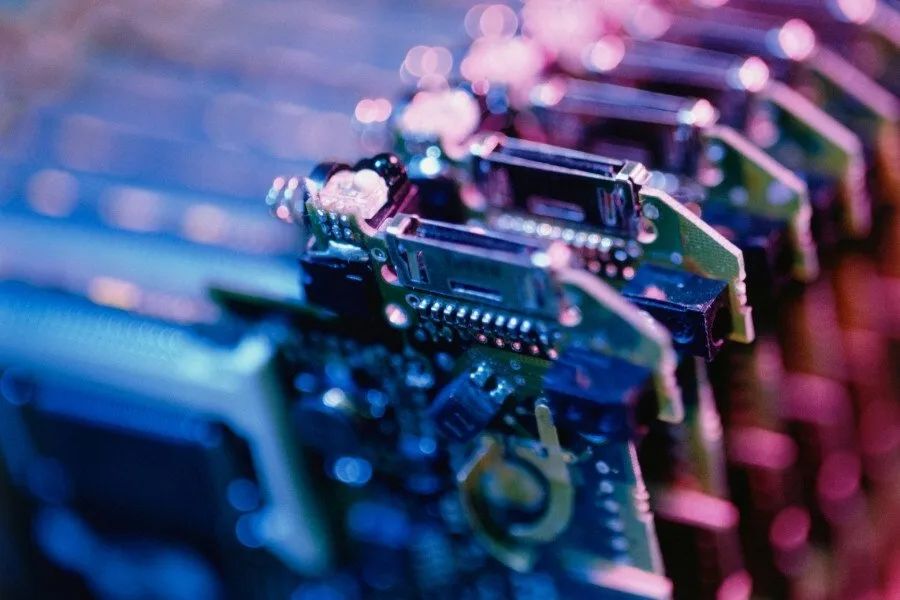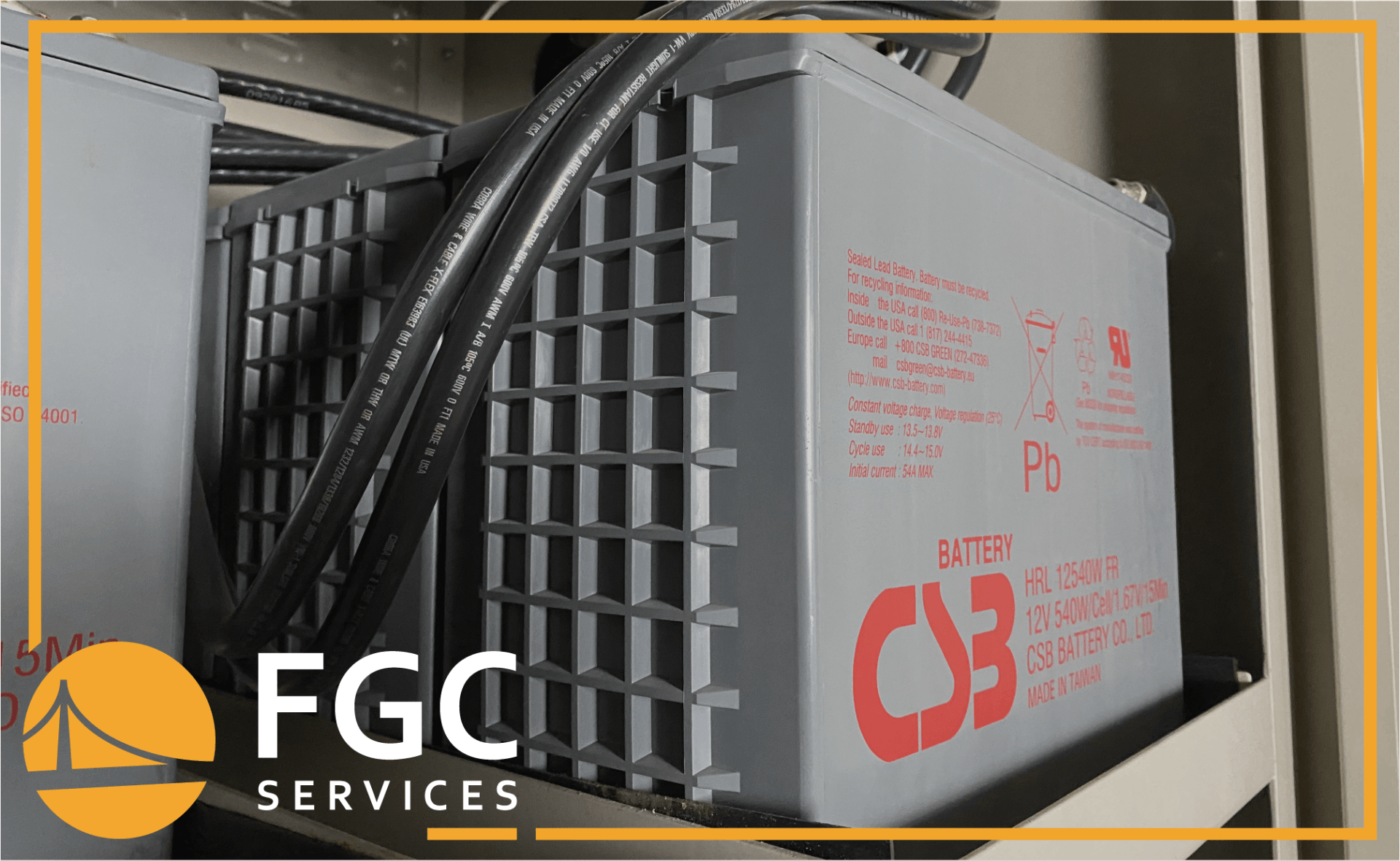Main Components of a UPS System
25 September 2023
Share this article:
What is a UPS System?
Briefly, a UPS system is an electrical apparatus that provides emergency power to a load when the input power source or main power fails. Businesses use UPS systems to protect their computers, data centers, and other electrotonic equipment in the event of an unforeseen loss of power.
Without the backup a UPS system provides, loss of power can lead to a range of catastrophic outcomes, from data loss and business disruption to injuries and fatalities. UPS systems can be small, protecting a single computer, to large, protecting entire businesses, schools, factories, and hospitals.
Large or small, all UPS systems have four main components. Understanding the basics of how your UPS system works is the first step to providing the best maintenance.

Main Uninterruptible Power Supply (UPS) Components of UPS Systems
There are four main components in a UPS system:
- The UPS batteries
- The rectifier
- The inverter
- The static bypass switch.
What are UPS Batteries?
The UPS batteries are the “heart” of any UPS system. UPS batteries are the source of emergency power in the event of a power loss. During a utility power failure, the UPS batteries support the connected load. Either the rectifier or a separate charger ensures that the batteries are always charged.
There are several types of UPS batteries, but the most common are 1) Valve Regulated Lead Acid (VRLA), 2) Flooded Wet Cell (commonly called VLA), and 3) Lithium-Ion.
All UPS systems contain at least one “string” of batteries, or a connected number of required batteries. The number of batteries in a string will depend on the UPS system’s DC (direct current) voltage. In smaller UPS systems, battery strings might be housed inside the UPS unit itself. In larger UPS systems, batteries may look like separate pieces.
Because batteries are connected in strings, and the strings are connected in a series, if one battery goes bad, it could cause the entire UPS system to fail. For this reason, the regular inspection and maintenance of UPS batteries is critical, regardless of their age.
What is a UPS Rectifier?
The rectifier serves a few critical functions. First, the rectifier is the piece of the UPS system that converts input power from AC, or alternating current, to DC, or direct current. DC power routes to the inverter. This is the first half of a double conversion process.
The rectifier is also responsible for re-charging the UPS batteries.
What is a UPS Inverter?
The inverter is another key part of the double conversion process. The double conversion process works as a filter for events like electricity surges or spikes, and electrical noise.
As explained above, the rectifier converts input power from AC to DC power, and DC power routes back to the inverter. The inverter works as part of the double conversion process by converting the DC voltage back to AC output. This AC output is what powers the critical load.
The conversion process basically looks like AC -> DC -> AC again. The output of the process should be a pure sine waveform.
What is a UPS Static Bypass Switch?
The UPS static bypass switch is the superhero in the event of a failure of the UPS system. The status bypass switch works as a safeguard, automatically connecting the load to the main supply.
The static bypass switch gets its name because in the event of a system failure, it bypasses the other three main UPS system components (the rectifier, batteries, and inverter.)
The static bypass switch is a backup. It doesn’t perform the filtering function like the double conversion process described above. However, the existence of the static bypass switch within a UPS system ensures the system can keep working on utility power in the event the batteries, inverter or rectifier fail. Please keep in mind that some components can not safely be worked on while the UPS is in Static Bypass. That is why FCG recommends adding an external maintenance bypass to any critical UPS application
What is an External Maintenance Bypass?
An External Maintenance Bypass is a separate device consisting of breakers (sometimes a rotary switch) and bussing that allows the user to completely isolate the UPS system from power while still providing Utility power to the load. In other words, the allows utility power to wrap around the UPS system and shut power off to the UPS and Batteries without dropping the load.
In some cases, with the use of an External Maintenance Bypass, you can completely remove an older UPS and replace it with a brand new unit without losing power to the load.
Other Parts of UPS Systems
Depending on your specific UPS system, and its size and type, your system may include several other components. Your UPS system might include fans, capacitors, external maintenance bypass, or transient volt surge suppressors, for example.
Scheduling preventative maintenance visits are crucial to preserving the functionality of your UPS system. FGC Service offers a wide variety of maintenance services of Uninterruptible Power Systems, including emergency service, NOC monitoring, site surveys, generator & HVAC service, rental services, and construction management.
We understand the importance of proper UPS battery maintenance and the technical requirements needed to install and recycle any string of batteries.
To speak with one of our product specialists directly, we invite you contact us or start a chat with our team in the chat feature at the bottom right corner of this page!
Connect with Us:





